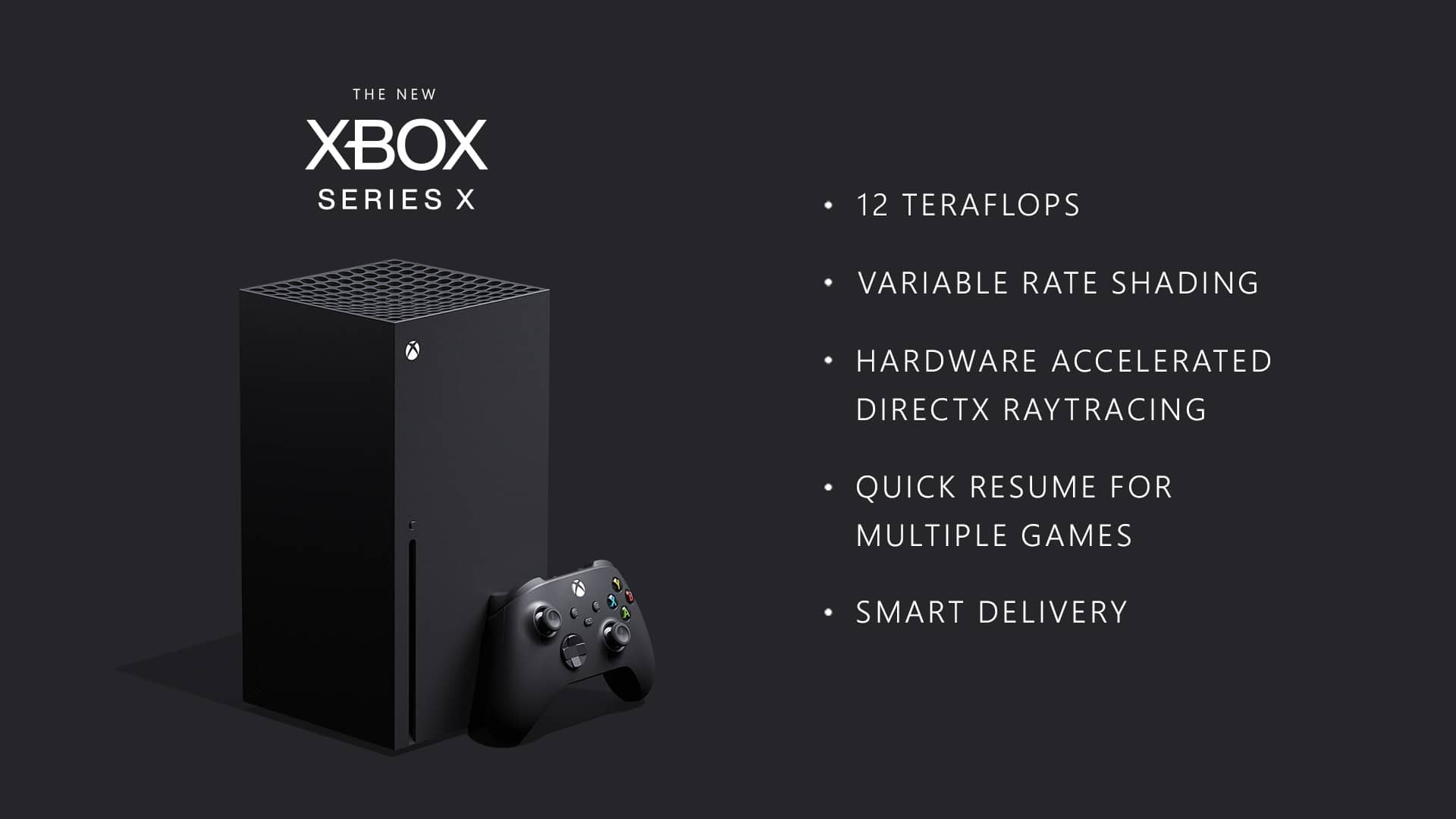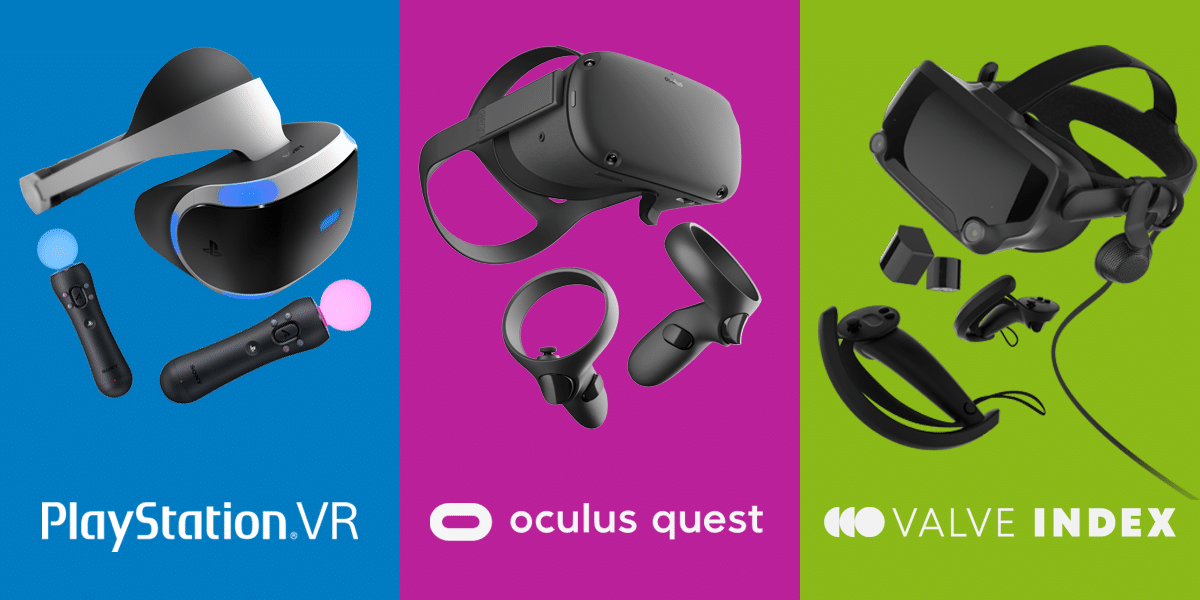This week, Microsoft revealed the basic specifications of its upcoming Xbox Series X console, and they show it’s more than powerful enough to support high end VR.
This is despite the fact that Microsoft has made clear that it has no current plans for VR on Xbox. A few weeks ago, UploadVR’s Jamie Feltham argued that Series X doesn’t need VR support. Now that these specs are known, I’d argue quite the opposite.
12 Teraflop Monster
- GPU: 12 TFLOPS, AMD RDNA 2 architecture (used for AMD’s upcoming 2020 cards)
- CPU: AMD’s latest Zen 2 architecture (used for PC Ryzen 3000 series)
Microsoft also revealed some important features the GPU supports:
- Variable Rate Shading (allows different parts of the screen or different objects to be rendered at different resolutions)
- Hardware Accelerated Raytracing (like NVIDIA RTX, this enables significantly more realistic lighting)
- 120Hz Support
- HDMI 2.1 w/ Variable Refresh Rate
12 teraflops means the Series X is by far the most powerful console ever announced. For comparison, the Xbox One S GPU is around 1.4 TFLOPS and the Xbox Series X GPU around 6 TFLOPS.

Sony’s PS4 Pro, which already supports virtual reality well, clocks in at 4.2 TFLOPs. The PlayStation 5 is rumored to hit 9.2 TFLOPS, but this is unconfirmed.
Variable Rate Shading support means this new Xbox could technically even support next generation VR headsets which use foveated rendering to achieve much higher resolution and field of view.
Microsoft: No Plans For Xbox VR
Somewhat ironically, despite headlining its blog post, “What You Can Expect From the Next Generation of Gaming”, Microsoft made no mention of virtual reality.
As early as November of last year, Xbox boss Phil Spencer suggested the next Xbox supporting virtual reality would be unlikely, claiming “nobody’s asking for VR”.
Earlier this month Spencer seemed to walk back these comments slightly, but was still clear that the console won’t support VR at launch and suggested that Microsoft isn’t even working on it yet. Previous reports suggest Microsoft shelved VR support for its Xbox One X console, which it first publicly announced as a VR-capable machine.
With such powerful hardware in a mass market consumer package, this would be a huge missed opportunity for both Microsoft and the VR industry if it never came to pass.
PlayStation VR: No Competition?
If nothing else, Xbox VR would be a way to keep customers who might choose PlayStation 5 over Series X because PS5 supports VR (both the current PSVR headset and an unannounced future successor).
Microsoft no longer discloses sales figures for Xbox, but estimates put it at around 50 million units. Even Sony’s first generation PlayStation VR, with repurposed Move controllers, a wire, and front-facing tracking sold 5 million, 10% of this.
Surely Microsoft can see that lower cost wireless headset with inside-out tracking could make VR a significant percentage of console gaming?
Facebook/Valve Partnership?
If Microsoft doesn’t see the value in investing the resources to build an Xbox VR platform, it’s puzzling why the company doesn’t simply partner with an existing PC VR platform.
Xbox consoles essentially run a modified version of the Windows operating system, using the same DirectX graphics API. Long gone are the days when consoles used exotic architectures or custom compute flows- the Series X CPU and GPU are very similar to what a PC gamer building a rig later this year might put together.
In this age of cross-platform play, where a gamer can sign into Xbox Live in a PlayStation 4 game or invite Steam friends to play a Microsoft Studios game, surely the new Microsoft, a company built on lucrative partnerships, would consider talking to Facebook and/or Valve?

The Oculus Rift and SteamVR platforms are relatively mature, already work on Windows 10, and each company would likely jump at the chance to expand their market. Adding Win32 support and the necessary APIs to Xbox could allow either of these platforms to run on the Xbox console.
Just like with the MP3 player and smartphone however, Microsoft may once again be falling back on its corporate culture of playing it safe until it’s too late. If Sony invests heavily in PlayStation 5 VR and releases an affordable wireless headset, Microsoft may once again find itself scrambling to catch up.


























